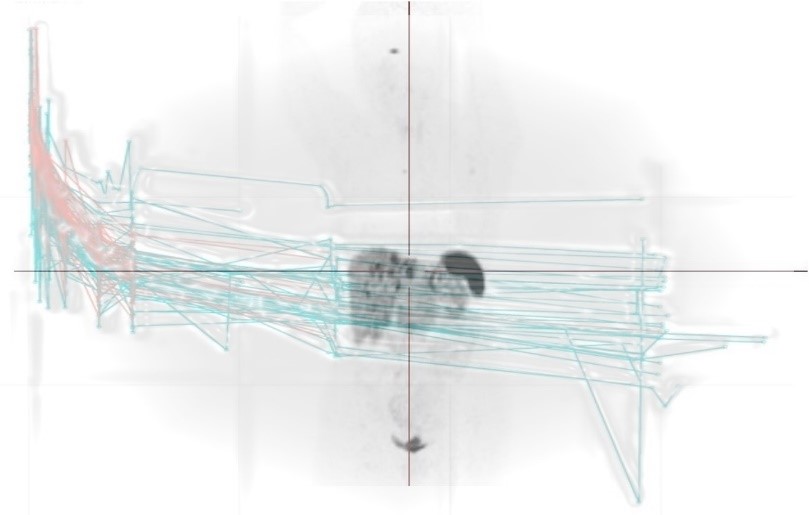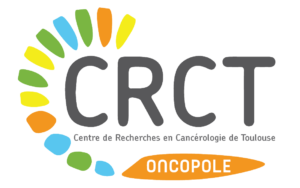
Pharmacokinetics and theranostic radiolabelled molecules.
Dr Lawrence Dierickx
In internal vector radiotherapy, there are currently no biomarkers to predict treatment efficacy or to identify patients at risk of early or late haematological toxicity (myelodysplasia, leukaemia). We assume that the intensity and duration of exposure of benign and malignant cells to the radiotracer plays a very important role in this efficacy and toxicity. Our team has already demonstrated and validated the contribution of population pharmacokinetic (PK) methodology in analysing the impact of co-infusion of an amino acid cocktail on treatment with a theranostic somatostatin analogue (177Lu-Dotatate) for neuroendocrine tumours. We have established that there is high inter-individual variability for moderate intra-individual variability in plasma concentration following treatment with this radiotracer. We have developed a pKpop model in which dosimetric imaging data are integrated. The aim is to assess the correlation between treatment efficacy and toxicity and the PK profile, and to use this PK profile to individualise treatment (pre-PACLUNET). Another study (GENEBIOLUNET) using the same tracer and for the same pathology is looking at intrinsic radiosensitivity via molecular biomarkers (mRna and miRna transcripts) and combining them with the parameters of population PK analysis (in collaboration with the UMR1048, I2MC team). Finally, PK analysis continues to be an object of study in the context of metastatic neuroblastoma in paediatrics (Phase 1, NEUROBLU 02).
Funding :
- GENEBIOLUNET: ARI2017;
- Neuroblu02: PHRC-K17-034
Illustration :


